-
 bitcoin
bitcoin $122288.232522 USD
0.16% -
 ethereum
ethereum $4480.662914 USD
-0.22% -
 xrp
xrp $2.962747 USD
-2.32% -
 tether
tether $1.000120 USD
-0.05% -
 bnb
bnb $1145.654223 USD
-2.07% -
 solana
solana $227.105217 USD
-1.67% -
 usd-coin
usd-coin $0.999548 USD
-0.02% -
 dogecoin
dogecoin $0.250875 USD
-2.04% -
 tron
tron $0.340654 USD
-0.49% -
 cardano
cardano $0.837968 USD
-2.52% -
 hyperliquid
hyperliquid $48.960449 USD
0.06% -
 chainlink
chainlink $22.049280 USD
-1.33% -
 ethena-usde
ethena-usde $1.000404 USD
0.02% -
 sui
sui $3.586212 USD
0.20% -
 avalanche
avalanche $29.894916 USD
-4.18%
how to connect solana wallet
Solana, a decentralized blockchain platform known for its high scalability and swift transaction speeds, empowers developers to build and execute smart contracts with efficiency and cost-effectiveness.
Nov 05, 2024 at 07:24 pm
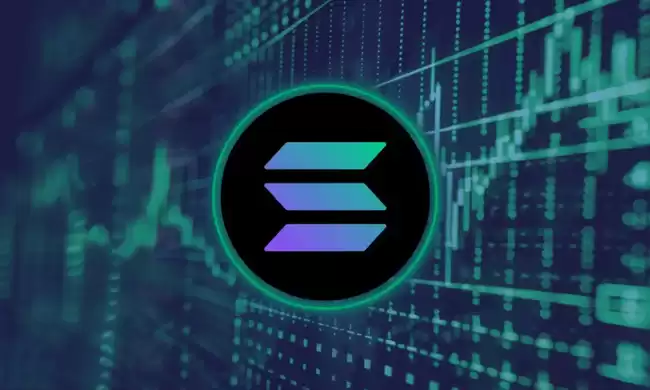
- Solana is a decentralized, highly scalable blockchain platform designed to facilitate the building and execution of smart contracts. It utilizes a unique combination of Proof-of-History (PoH) and Proof-of-Stake (PoS) consensus mechanisms to achieve unparalleled transaction speeds and low transaction costs. The platform's native cryptocurrency is SOL, which is used to pay transaction fees, mint NFTs, and participate in the network's governance.
- The Solana blockchain is specifically optimized for high-frequency trading, DeFi applications, and dApps that require fast and cost-effective transactions. Its scalability allows it to handle over 65,000 transactions per second, making it one of the fastest blockchains available today.
- To interact with the Solana blockchain, users need a Solana wallet, which allows them to store, send, and receive SOL, interact with smart contracts, and access dApps built on the Solana platform.
The next step is to choose a Solana wallet that meets your specific needs. There are several different types of Solana wallets available, including:
- Hardware Wallets: Hardware wallets are physical devices that provide the highest level of security for your SOL tokens, as they store your private keys offline. Popular hardware wallets that support Solana include Ledger Nano X and Trezor Model T.
- Software Wallets: Software wallets are digital wallets that can be installed on your desktop, laptop, or mobile device. They are easier to use than hardware wallets but may not be as secure, as they store your private keys on your device. Some popular software wallets that support Solana include Phantom and Sollet.
- Mobile Wallets: Mobile wallets are designed specifically for use on smartphones and provide a convenient way to manage your SOL tokens on the go. They are generally less secure than hardware or software wallets, but they can be a good option for users who prioritize convenience. Trust Wallet and Exodus are examples of mobile wallets that support Solana.
Once you have chosen a Solana wallet, you need to connect it to the Solana blockchain. This process varies slightly depending on the type of wallet you are using.
- Hardware Wallets: To connect a hardware wallet to the Solana blockchain, you need to use a USB cable to connect your wallet to your computer. You will then need to follow the instructions on the wallet's screen to connect to the blockchain.
- Software Wallets: To connect a software wallet to the Solana blockchain, you need to install the wallet software on your device. Once the software is installed, you will need to create a new wallet or import an existing one. You will then need to follow the instructions on the wallet's interface to connect to the blockchain.
- Mobile Wallets: To connect a mobile wallet to the Solana blockchain, you need to install the wallet app on your smartphone. Once the app is installed, you will need to create a new wallet or import an existing one. You will then need to follow the instructions on the app's interface to connect to the blockchain.
- Once your Solana wallet is connected to the blockchain, you can use it to interact with dApps built on the Solana platform. To do this, you need to navigate to the dApp's website or interface and click on the "Connect Wallet" button. You will then need to select your Solana wallet from the list of available wallets and follow the instructions on the screen to connect.
- Once your wallet is connected to the dApp, you can use it to access the dApp's features and functionality. For example, you can use your wallet to send and receive SOL tokens, mint NFTs, or participate in yield farming.
- The Solana blockchain is constantly evolving, with new features and improvements being added regularly. To stay informed about the latest Solana developments, you can follow the Solana Foundation on social media or subscribe to their blog.
Disclaimer:info@kdj.com
The information provided is not trading advice. kdj.com does not assume any responsibility for any investments made based on the information provided in this article. Cryptocurrencies are highly volatile and it is highly recommended that you invest with caution after thorough research!
If you believe that the content used on this website infringes your copyright, please contact us immediately (info@kdj.com) and we will delete it promptly.
- BlockDAG, DOGE, HYPE Sponsorship: Crypto Trends Shaping 2025
- 2025-10-01 00:25:13
- Deutsche Börse and Circle: A StableCoin Adoption Powerhouse in Europe
- 2025-10-01 00:25:13
- BlockDAG's Presale Buzz: Is It the Crypto to Watch in October 2025?
- 2025-10-01 00:30:13
- Bitcoin, Crypto, and IQ: When Genius Meets Digital Gold?
- 2025-10-01 00:30:13
- Stablecoins, American Innovation, and Wallet Tokens: The Next Frontier
- 2025-10-01 00:35:12
- NBU, Coins, and Crypto in Ukraine: A New Yorker's Take
- 2025-10-01 00:45:14
Related knowledge
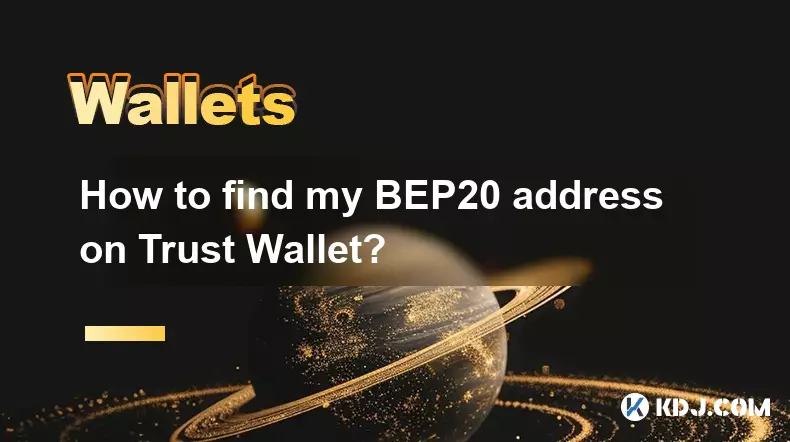
How to find my BEP20 address on Trust Wallet?
Oct 04,2025 at 06:19pm
Understanding BEP20 and Trust Wallet Compatibility1. Trust Wallet is a widely used cryptocurrency wallet that supports multiple blockchain networks, i...
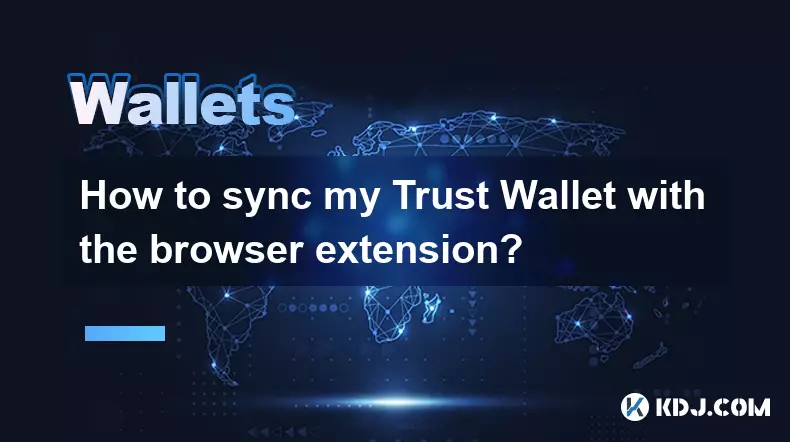
How to sync my Trust Wallet with the browser extension?
Oct 03,2025 at 06:19pm
Understanding Trust Wallet and Browser Extension IntegrationTrust Wallet is a popular non-custodial cryptocurrency wallet that supports a wide range o...
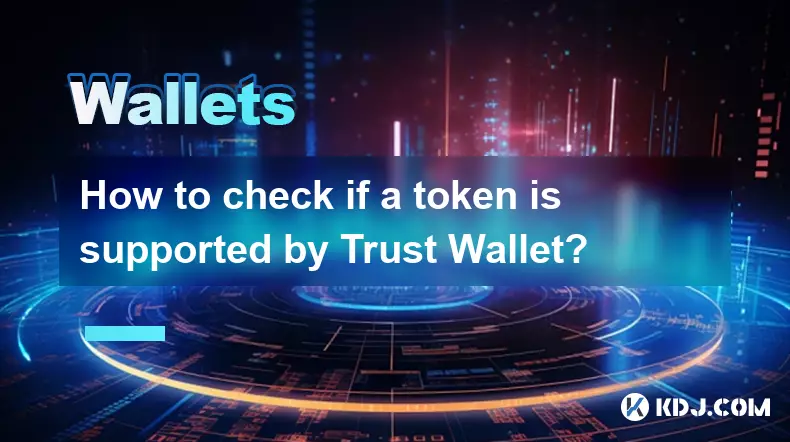
How to check if a token is supported by Trust Wallet?
Oct 04,2025 at 05:18am
Understanding Token Compatibility with Trust Wallet1. Trust Wallet supports a wide range of blockchain networks, including Ethereum, Binance Smart Cha...

How to get the Trust Wallet browser extension?
Oct 01,2025 at 12:37am
How to Access the Trust Wallet Browser Extension1. Visit the official Trust Wallet website through a secure internet connection. Navigate to the downl...

How to interact with a DApp using Trust Wallet?
Oct 02,2025 at 10:00pm
Connecting Trust Wallet to a DApp1. Open the Trust Wallet app on your mobile device and ensure your wallet is unlocked with access to your assets. Nav...
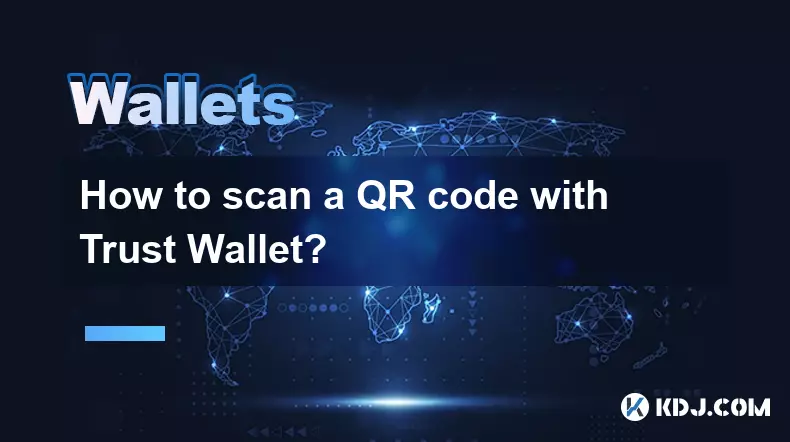
How to scan a QR code with Trust Wallet?
Oct 02,2025 at 03:37pm
Understanding QR Codes in Trust Wallet1. QR codes are widely used in cryptocurrency applications to simplify transaction processes. Trust Wallet lever...

How to find my BEP20 address on Trust Wallet?
Oct 04,2025 at 06:19pm
Understanding BEP20 and Trust Wallet Compatibility1. Trust Wallet is a widely used cryptocurrency wallet that supports multiple blockchain networks, i...

How to sync my Trust Wallet with the browser extension?
Oct 03,2025 at 06:19pm
Understanding Trust Wallet and Browser Extension IntegrationTrust Wallet is a popular non-custodial cryptocurrency wallet that supports a wide range o...

How to check if a token is supported by Trust Wallet?
Oct 04,2025 at 05:18am
Understanding Token Compatibility with Trust Wallet1. Trust Wallet supports a wide range of blockchain networks, including Ethereum, Binance Smart Cha...

How to get the Trust Wallet browser extension?
Oct 01,2025 at 12:37am
How to Access the Trust Wallet Browser Extension1. Visit the official Trust Wallet website through a secure internet connection. Navigate to the downl...

How to interact with a DApp using Trust Wallet?
Oct 02,2025 at 10:00pm
Connecting Trust Wallet to a DApp1. Open the Trust Wallet app on your mobile device and ensure your wallet is unlocked with access to your assets. Nav...

How to scan a QR code with Trust Wallet?
Oct 02,2025 at 03:37pm
Understanding QR Codes in Trust Wallet1. QR codes are widely used in cryptocurrency applications to simplify transaction processes. Trust Wallet lever...
See all articles










































































